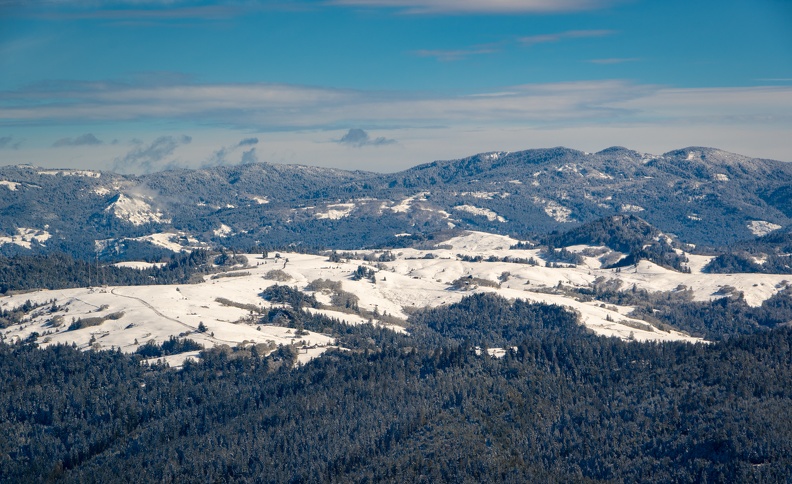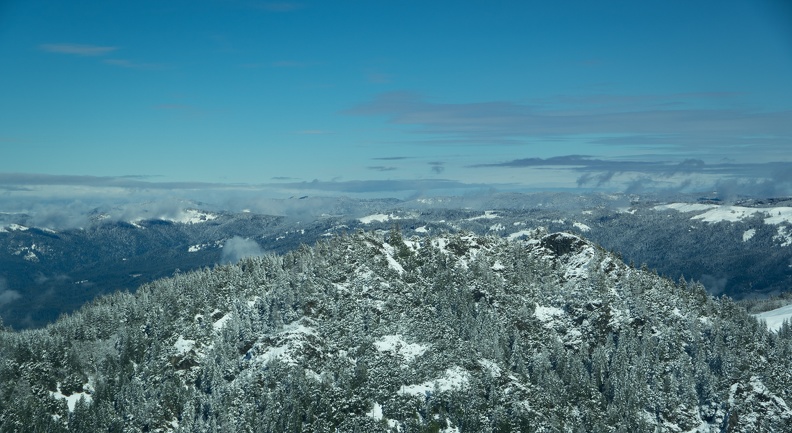February 5, 2019
What is there to do when the weather is nice?
I was having coffee with Greg to discuss upcoming motorcycle trips we were each planning. Greg is leaving for the southern United States at the end of March, and I’m planning a lap of California.
I could tell Greg was a little distracted.
“It sure is a nice day. I should go take the plane up,” said Greg looking at the blue skies with scattered puffy white clouds. It really was a nice day. A welcome break in the dreary wet weather that had been plaguing Humboldt County over the previous week or so.
“That would be fun,” I replied.
We continued our coffee and trip discussions. My trip was coming up sooner, and I had a bit of a plan after finishing our cups. We packed up and walked out to the parking lot.
“You going to take her up,” I ask?
“I think so. Wanna go?” Greg said.
Humans have been fascinated with flight ever since they first wandered out of their caves in prehistoric times. Ancient civilizations had myths about men flying like birds. Daedalus fashioned pairs of wings for himself and his son Icarus to escape imprisonment by King Minos. Leonardo da Vinci made technical drawings of flying machines in the 1400s. The Montgolfier brothers experimented with hot air balloons in the the 1700s, making several flights around Paris. And of course, we can’t forget two bicycle makers named Orville and Wilbur Wright who made the first powered heavier-than-air flight (of a whopping 120 feet) in December 1903. Humans have mastered the air, and air travel is almost as common as traveling by car. But there’s something different about flying in a small plane ….
Of course, I said yes to Greg’s invitation.
After a quick stop to pick up my camera, we headed for the airport to head up.
Our bird, a 1976 Cessna 172 Skyhawk, awaited in the hangar. The Skyhawk has been in continuous production since the 1950s and is considered the most successful aircraft in history with more than 44,000 units having been built. The cabin is roughly the size of a compact car’s passenger compartment and seats four. Greg’s Skyhawk has a 180hp engine giving it a top speed of about 140 mph.

We taxied out to the runway at Samoa Field, a small general aviation airport on the sandy peninsula separating Humboldt Bay from the Pacific Ocean. Greg went over some final checks and explained the workings of the plane and its instruments.
“Are you nervous yet? He asked.
I wasn’t. I trusted Greg knew what he was doing and would be able to fly us around safely. As we taxied to the end of the runway, Greg reminded me that all takeoffs are optional, but landings are mandatory. The phrase is a little funny, but also true. Gravity is a cruel mistress.
Then the engine sputtered to a stop.
Cold fuel was the culprit. After restarting the engine and letting it warm up a bit more, we were ready.
We lifted off and circled around the tip of the northern spit. The tide was in, and the ocean was rough from the recent weather. Waves were crashing over the jetties at the entrance to Humboldt Bay. We returned to the airport for a quick touch and go, then headed east.



The city of Eureka looked much different from the air. From 2000 feet up, the city looks like a model. Ahead of us stood the snow-covered Coast Range, and farther in the distance we could see the Trinity Alps.

Greg flew us over Kneeland Airport and its runway blanketed in a smooth layer of snow. There would be no landing by anyone here today. A solitary figure was walking around the smooth strip, the only disturbance being their footprints and a large heart created by their steps. Greg lined us up for an approach to see what a snowy landing would look like, then we continued east.




Several times I tried to pick out details that would provide clues to our location, but I was unsuccessful. In fact, I had thought we were farther north and east than we actually were. Snow had covered much of the roads that might provide further clues. As I looked toward the west, the snow-covered hills and the ocean provided a nice contrast to each other.
We tried to pick out some of the peaks of the Trinity Alps and the southern Cascade Range further to the east. Lassen Peak’s 10,463-ft summit was visible in the distance, but clouds blocked any view of Mt. Shasta.





We circled around and Greg showed me an interesting “unofficial” approach to Murray Field. We dropped down and followed the contours of a canyon east of the town of Freshwater, soon emerging over the pastures around the airfield. After another touch and go, we headed north toward Arcata.
We circled over the Arcata Plaza and Humboldt State University. Occasionally we’d hear the squawk of another pilot over the radio. With no local air traffic control, the pilots essentially controlled each other, calling out their intentions as they moved through the air. If only more people could get along like that.

We touched down at Arcata-Eureka Airport for a quick top-off of fuel. Having flown into this airport many times on commercial flights, the view from the front seat was a new experience.

After fuel and another short hop, we found ourselves back at Samoa Field where we pushed the plane back into the hangar and put it to bed.
Seeing home from the air offered a fresh perspective on a familiar face. As Amelia Earhart said: “You haven’t seen a tree until you’ve seen its shadow from the sky.” The beauty of home is best viewed from all angles.

